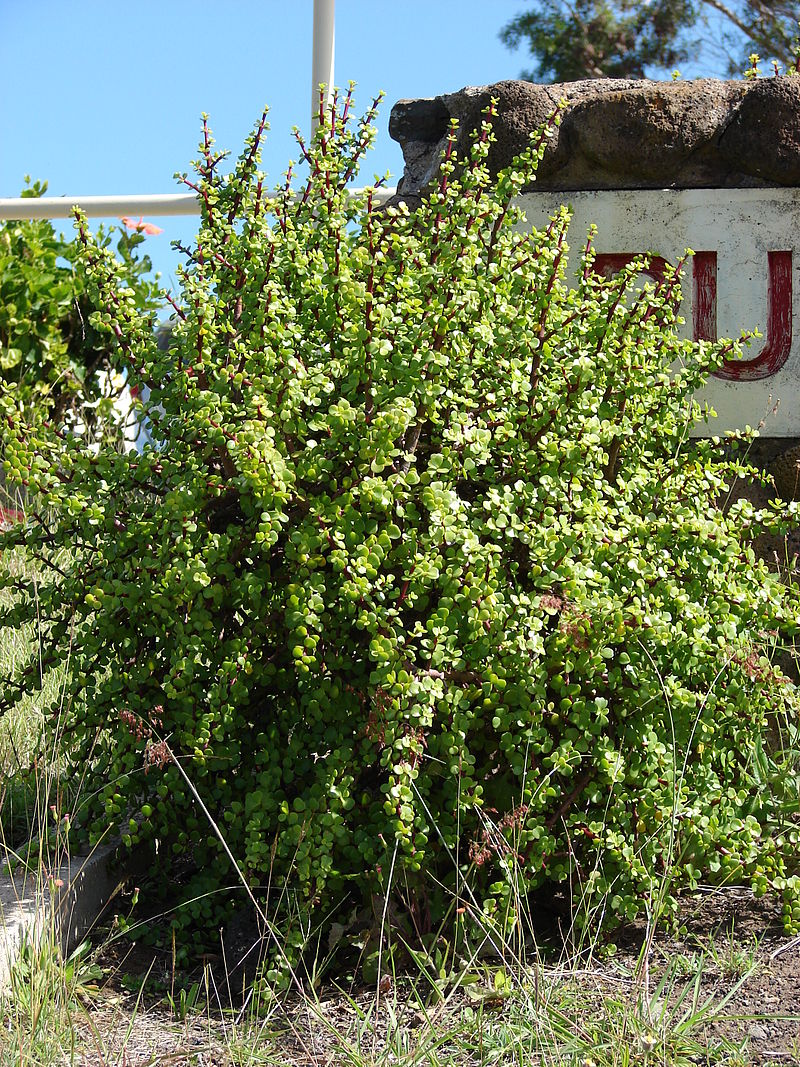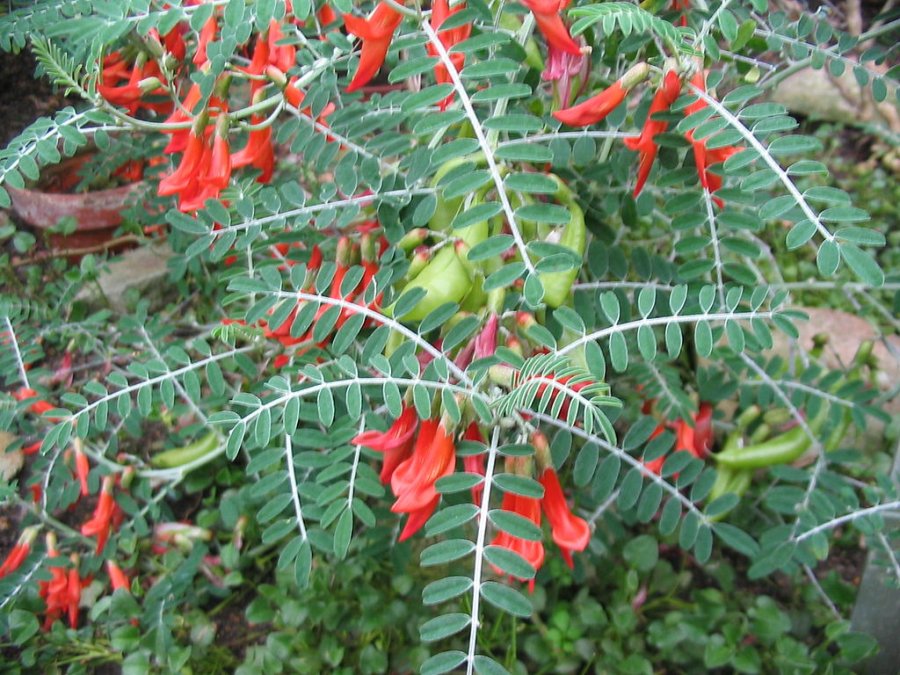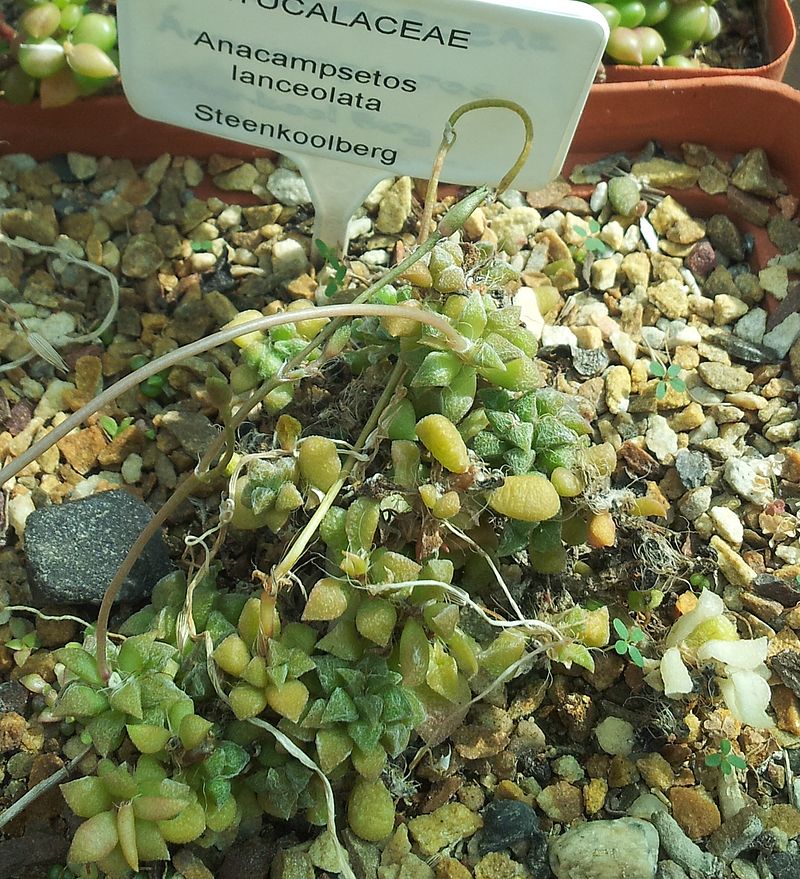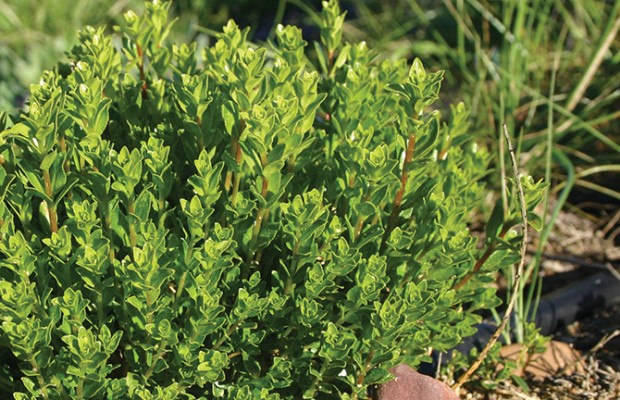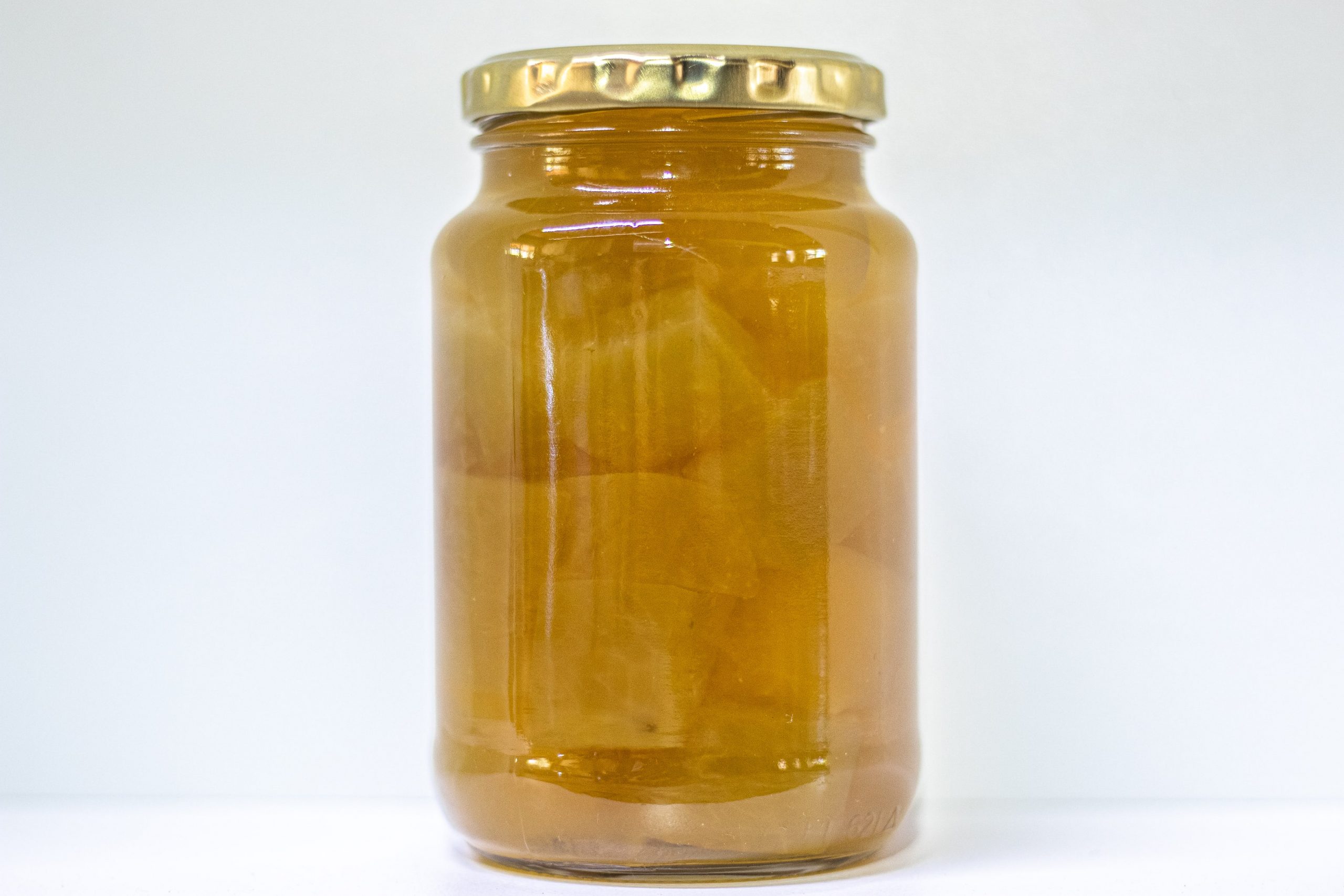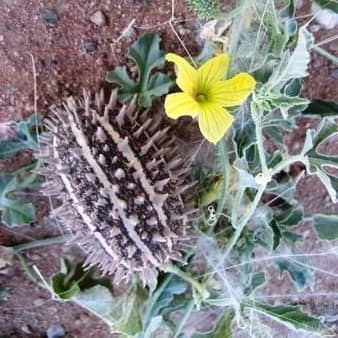
Wild cucumber
Wild cucumber
The fresh young leaves are eaten as a pot herb by many rural people. Arnold et al. (1985) found that the leaves are rich in calcium, iron, nicotinic acid and vitamin C. The fruits have an overall nutrient composition slightly better than that of the cucumber and is sought after as a water source by the Khoisan of the Kalahari and in other dry areas. R.Marloth, the famous South African botanist, noted on his specimen no. 10040 (now in the National Herbarium), that he bought agurkies in a shop in Cape Town in January 1921. He found the flavour slightly acid and the odour of the pulp like real cucumbers.
The non-bitter fruits of C. africanus have been pickled and preserved at the Cape since the late 17th century. Recipes for these delicacies are found in several publications e.g. Rood (1994). The same recipes can be used for the cultivated West Indian gherkin, C. anguria var. anguria. This plant was taken by slaves from West Africa to the West Indies where it was domesticated. The genus name Cucumis is the Latin name for the cucumber which was already cultivated in Ancient Egypt. Cucumis is a genus of 32 species, indigenous mainly to Africa, also Asia, Australia and some islands in the Pacific. It includes two major commercial vegetable crops: C. sativus (cucumbers from Asia) and C. melo (melons from Africa and Australasia), and two minor ones: the West Indian gherkin (C. anguria) and the kiwano (C. metuliferus). These last two species became cultivated crops outside their native Africa.
The species name africanus refers to the natural distribution area of this plant. C. hookeri Naudin is regarded as a synonym of C. africanus.

